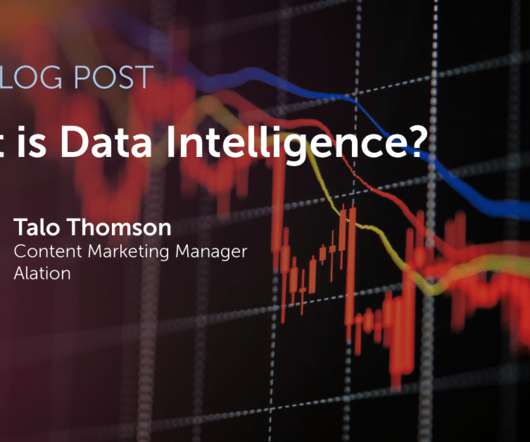MRO spare parts optimization
IBM Big Data Hub
JANUARY 25, 2024
Many asset-intensive businesses are prioritizing inventory optimization due to the pressures of complying with growing industry 4.0 Over time, inventory managers have tested different approaches to determine the best fit for their organizations. Can you conduct what-if scenarios to visualize your options? Results may vary.



















Let's personalize your content